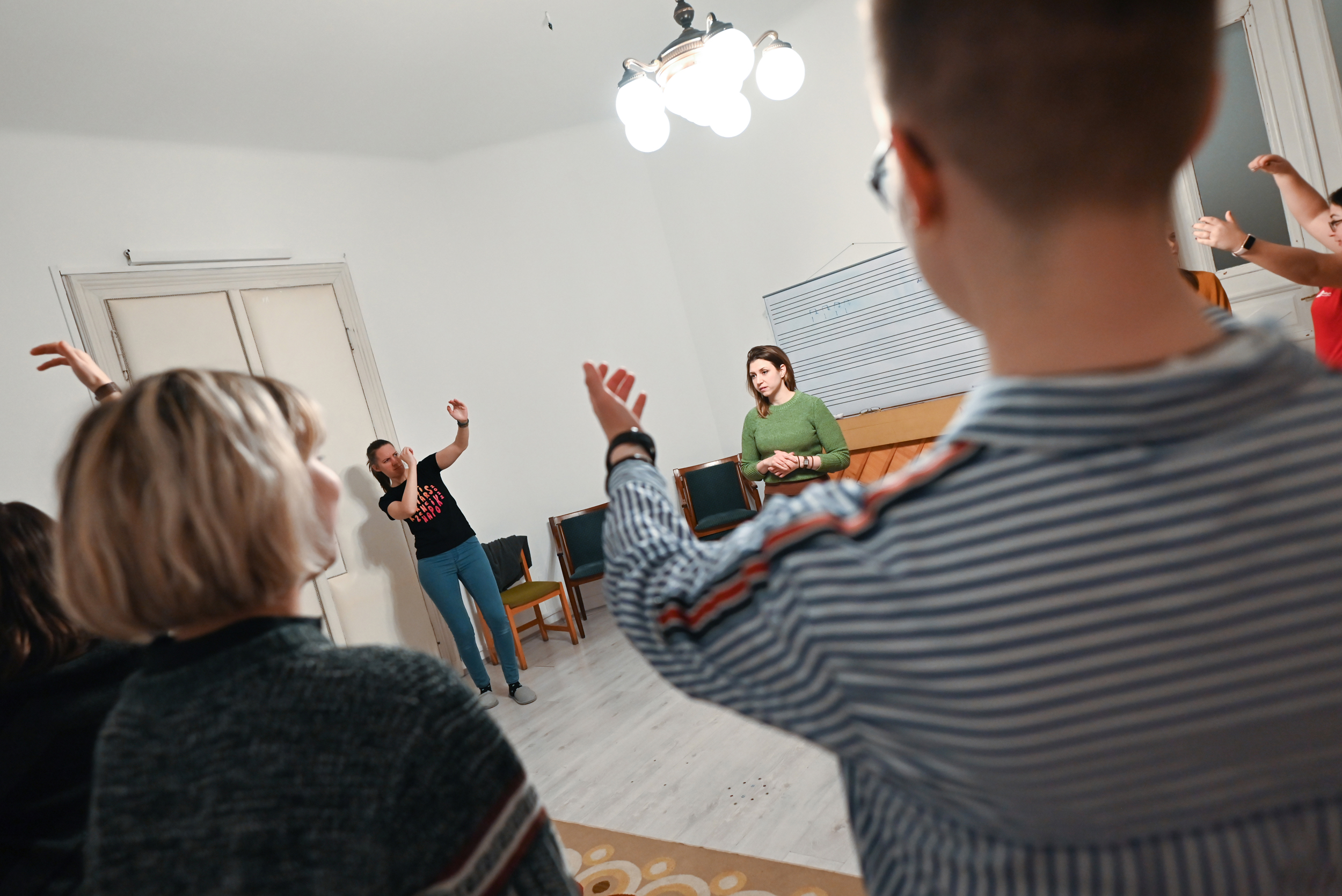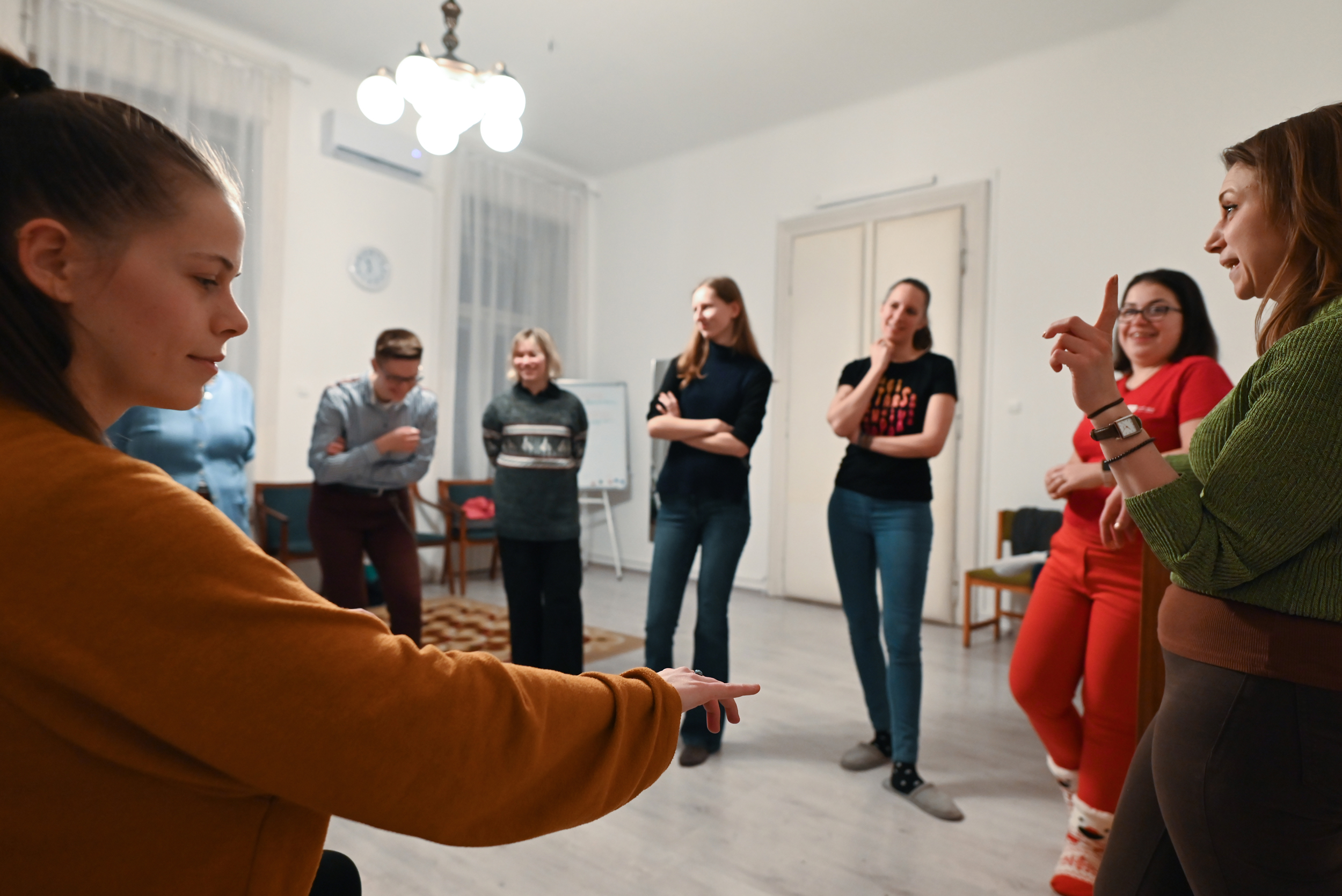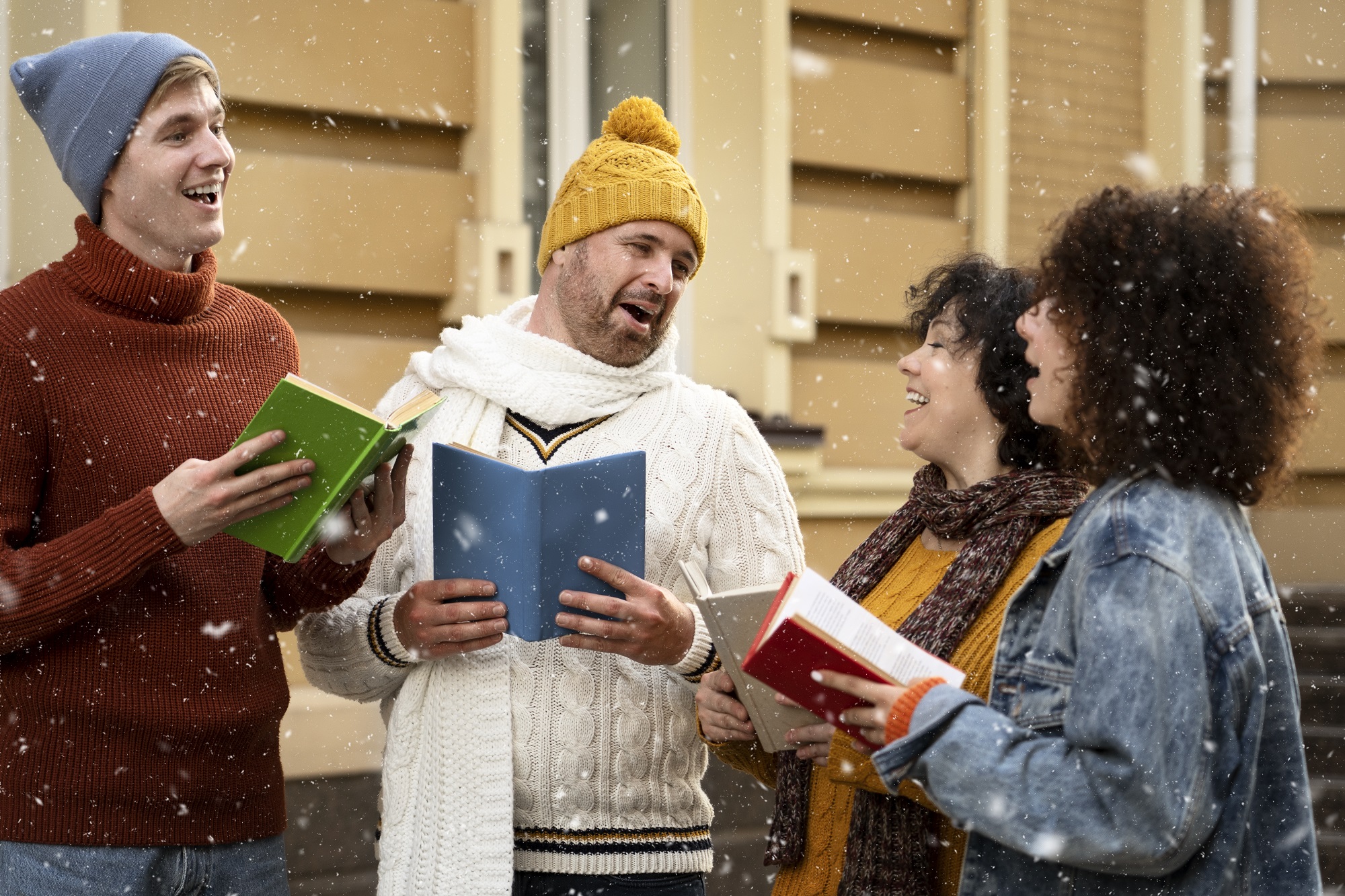Sculpture Game
44

Category
vocal
instrumental
Age
12+
Number of participants
5-25
Duration
approx. 20 min.
Working method
group work
Musical abilities of the trainers
12 3 4 5 6
Competences
- creativity
- improvisation
- attention
- movement coordination
- cooperation
- social sensitivity
Sculpture Game
A funny game based on movement coordination and quick reaction
AIM
During the game, moving to the music, reacting quickly to silence, and turning into a statue all strengthen movement coordination, and at the same time this game is extremely enjoyable and has team-building benefits.
Description
The players line up next to each other at the theoretical starting line. Several meters in front of them, a participant is standing backwards towards them.
The aim of the game is for the participants on the starting line to reach and touch the shoulder of the lone player. Whoever achieves this wins. The player in front starts playing music (sings, plays an instrument, or even plays music from an application).
Players standing in the line can only move during the music and approach the target. However, as soon as the music stops, they must avoid all movement and become a statue.
The individual player turns quickly, as his goal is to discover who has moved into it. When the music stops, he looks back and if he sees someone moving, those participants must go back to the starting line (or they are out of the game, both versions can be played).








Recent Comments